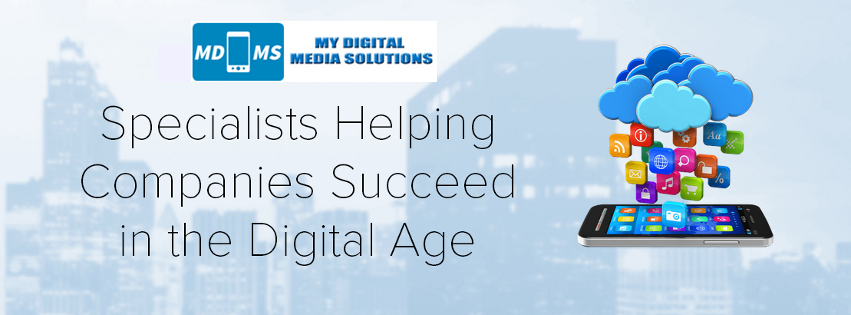You create real and sustainable change by “creating an environment that prevents change-back and enables outcomes”.
The world of sports provides us with many examples of creating successful change transformations and rugby in South Africa has provided such an example which business and political leaders should take note of.
The South African National Sevens Rugby Team “Blitzboks” have now won back to back World series titles. Their success has been chieved by adopting such a strategic outlook.
The principles for success that the Blitsboks have put in place can best be described as “Creating the Environment that prevents change-back and enables outcomes”.
The Government told the leaders of the game of Rugby that they had to have 50% players of colour in the National Fifteens team “Springboks” in order to participate at the next Rugby World Cup.
That is a racially based perspective which like the majority of their policies is not creating the environment for successful outcomes, but one which ensures change back to where South Africa was before and fuels race based policies.
I believe the new Springbok coach has embarked on a strategy which has its origins in the principles adopted by the Blitzboks and will prevent change back to selecting a team which does not meet transformation targets, which has so consistently happened in the past.
The foundations for creating the environment that prevents change-back and enables outcomes are being put in place.
The Director of SA Rugby has started with a team that meets the Governments targets and is making sure they are equipped to compete. After a few years the numbers game will be irrelevant and politicians in South Africa should take note.
The ANC has ruled in South Africa since the first democratic elections in 1994 and has not created an environment that prevents change-back and enables outcomes. They have instead enabled change back to the politics of race that epitomised South Africa pre 1994.
